For almost two decades, Heisek chickens have been used in the industrial and amateur poultry farming of the country. As soon as the young became available, the bird began to rapidly gain popularity and holds it with honor.
Hisek, chickens are exclusively egg-oriented. The applicant is HENDRIX POULTRY BREEDERS BOXMEER, NETHERLANDS (Netherlands, Eurybrid company), but there are no German Highsec cross breed laying hens.
The following have been legalized and included in the register of breeding achievements:
- Hisek white R;
- Highsec White;
- Hisek Brown.
Heisek breed of chickens, let's sort it out in order
The origin of the breed takes from 1998. It was then that she was put to the test and successfully passed it in 2001.
Breed Highsec white R (white)
Its number is 9808086 in the register.
The bird was obtained as a result of the merger of crosses X 12 (roosters) and X 34 (chickens). Birds can show off their snow-white plumage and a straight back, with a straight tail. The keel bone is slightly inclined downward and is covered by the bulge of the chest. The wings are pressed firmly against the body.
The head is supported by a medium length neck. Earrings and comb (leaf-shaped) are larger than usual, bright scarlet. Eyes with brilliance, pronounced.
The bird is stable, the metatarsus is strong, the fingers are widely spaced. The limbs are yellow.
Cross has amazing egg productivity. Chickens “give out” eggs from a white shell color, 290 pieces per bird, and start laying eggs at 4.6-4.7 months.
The ratio of feed consumed per unit of production is 2.2-2.3 kg per kilogram of egg mass, which is a very good indicator. Livestock safety varies within 94.3-95%.
Highsec white (white)
This chicken was entered into the registration almost simultaneously with the previous one, and it was assigned the number 9900390. The originator is JSC Plemptitszavod "Sverdlovsky". To create the Firm "Eurobreed" crossed the roosters of the X 12 cross with the hens of the E 45 cross.
The bird has white plumage and is very mobile. It differs from the white R in having a leaf-shaped drooping ridge plate and an elongated, curved neck. The head is of medium size, and the body is somewhat elongated. The dorsal part is wide with a noticeable deflection. The belly is quite large. On the legs of a chicken of medium height. Featherless parts have yellow pigmentation.
Laying hens of the Highsec White breed give milky white eggs in the range of 297-315 pieces per layer.
Excellent performance and payback feed. So, a dozen eggs will require within 1.46-1.47 feed units.
Hisek Brown (brown)
In the registry, this breed is under the code 9463177, and its introduction took place in 2006. Since then, poultry farmers have become very fond of her for her excellent egg productivity. One bird lays 335 eggs in 72 weeks.
The originator is the agricultural production complex Plemptitsa-Mozhayskoye, Vologda Oblast, and Hendrix Poultry Breeders BV (Netherlands).
A four-line cross is formed from Rhode Island (red lines T 2, T8) and Rhode Island (white lines B 4, B 8). The bird is distinguished by autosexism - one day old young, males are yellow, females have brownish fluff.
Highsec Brown laying hens have a head with an elongated, pigmented beak. The earrings are unremarkable, the crest is leaf-shaped, bright, upright. Neck of medium size.
The limbs themselves are not long, yellow. The body of the chicken is deep and high with a thoracic part protruding forward. "Brown" has a beautiful, brownish, shiny, loose plumage.
Egg weight at 52 weeks of age is in the range of 63-65 g, and this is an excellent indicator. The shell is brown. The product has a large yolk. This trait is genetically fixed.
Read more: What to do if laying hens start molting and what to do when the hens stop laying .
The bird of all the above varieties has common indicators:
- excellent safety of young animals (98%), which indicates a high immunity and viability of the breed;
- recommended for maintenance and reproduction in all regions of the country;
- easily adapt to the conditions of both industrial and household farming;
- has an excellent ratio of costs to a unit of output;
- easily switch from compound feed to home-made feed mixtures;
- rapid entry into the period of egg production ;
- mobility and vigor does not make them aggressive.
Features to Consider
In the poultry industry, there is a clear flock replacement program. As soon as the chicken has crossed a certain age limit and “given away” the egg, it is completely replaced.
In backyard poultry farming, there are tendencies towards overexposure of poultry. In this matter, Hysec is completely unprofitable. After mass oviposition, the egg yield drops rapidly. It is no longer possible to raise egg production - these are the features of the breed and should be taken into account.

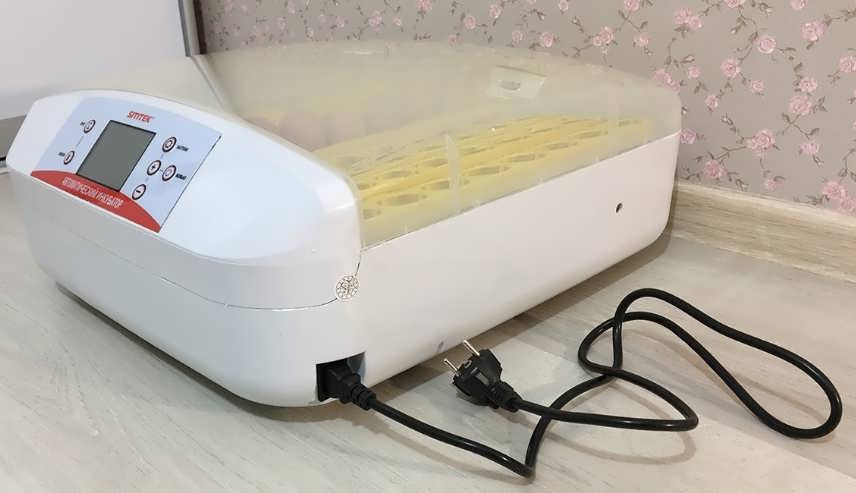
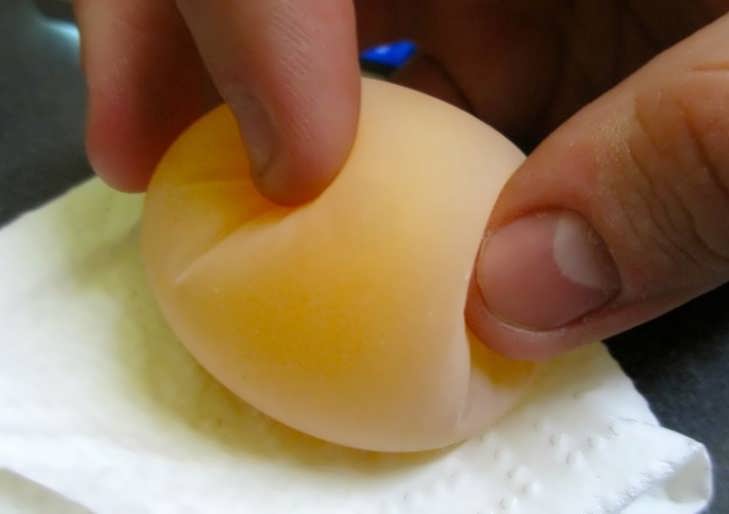
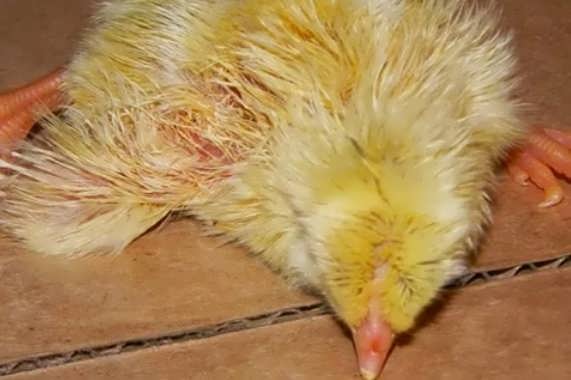
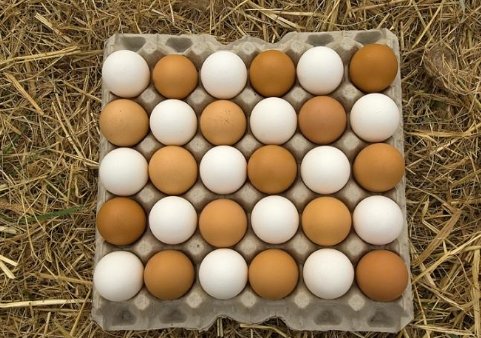
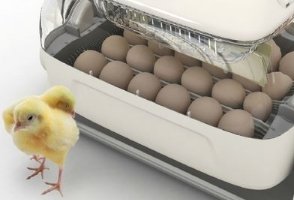
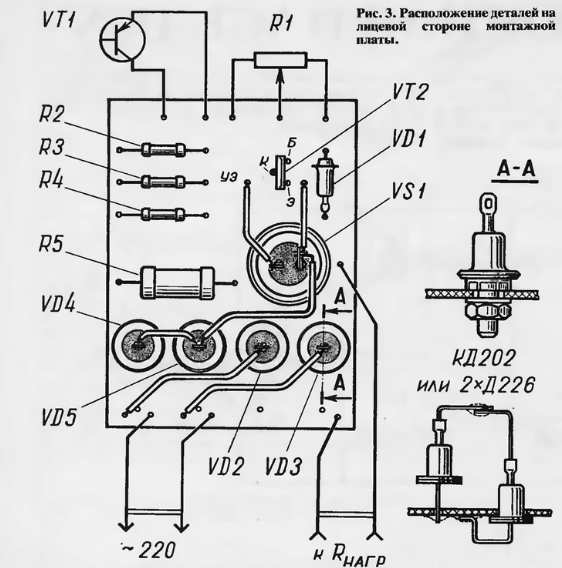

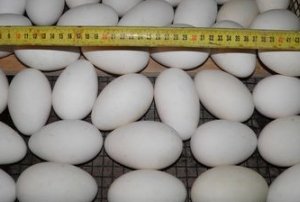
I was just interested in chickens of this breed. I want to try making them. I hope that in fact there will be no problems.